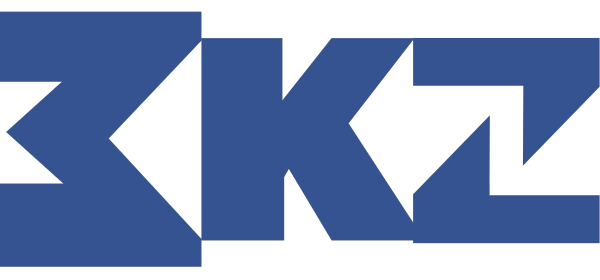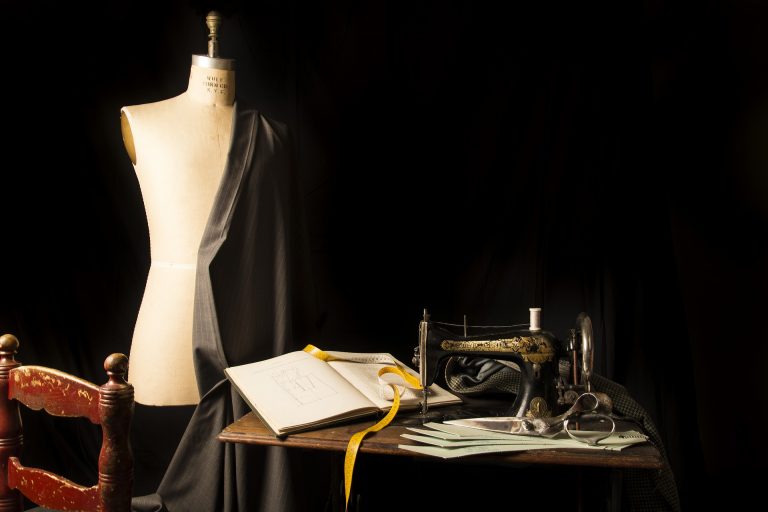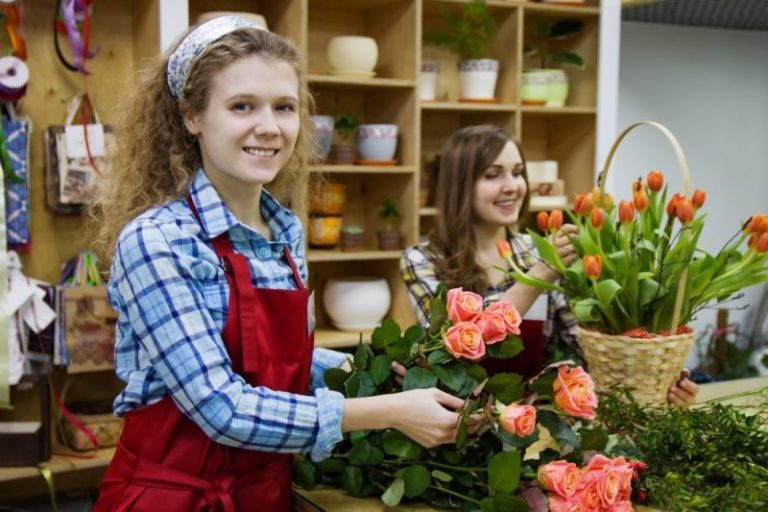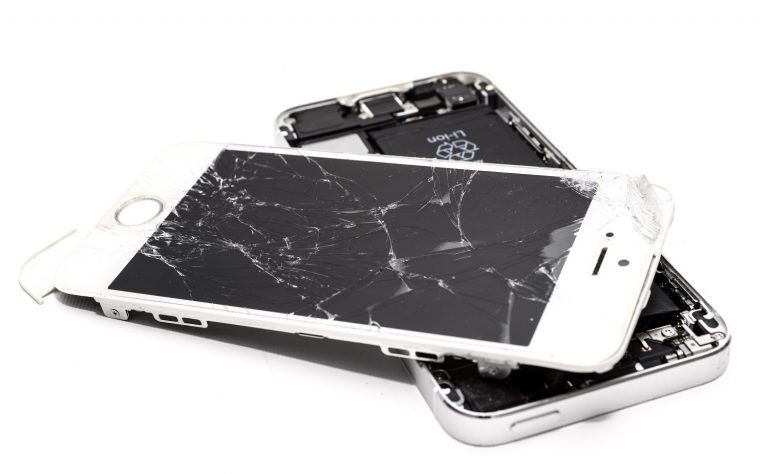Tailors cut, measure, alter, mend, and more. Usually, tailors only deal with menswear, such as suits, pants, and coats. At the same time, dressmakers work with women’s clothing, including gowns, blouses, dresses, evening wear, wedding gowns, and sportswear. Tailors and dressmakers both work in shops, department stores, and garment factories, while others are self-employed.
Old fashion styles developed according to the cultural area’s climate; skirts and loose, thin fabric blouses in warmer climates; pants, and denser fabric coats in cold climates. Religious customs and occupations influenced the styles of clothing too. But as civilizations grew more advanced, clothing moved from practicality to fashion.
Many tailors and dressmakers make the garments from beginning to finish. Nevertheless, in larger shops, each employee usually works on a particular task such as measuring, pattern-making, cutting, fitting, or stitching. For example, one worker can sew only in sleeves or pad lapels. Smaller shops can only measure and suit the fabric and then submit parts to contractors outside of their shop. Some tailors and dressmakers specialize in one type of garment. Many do alterations to factory-made clothing as well. If you want to start a career or business in this arena, follow these steps to get started.
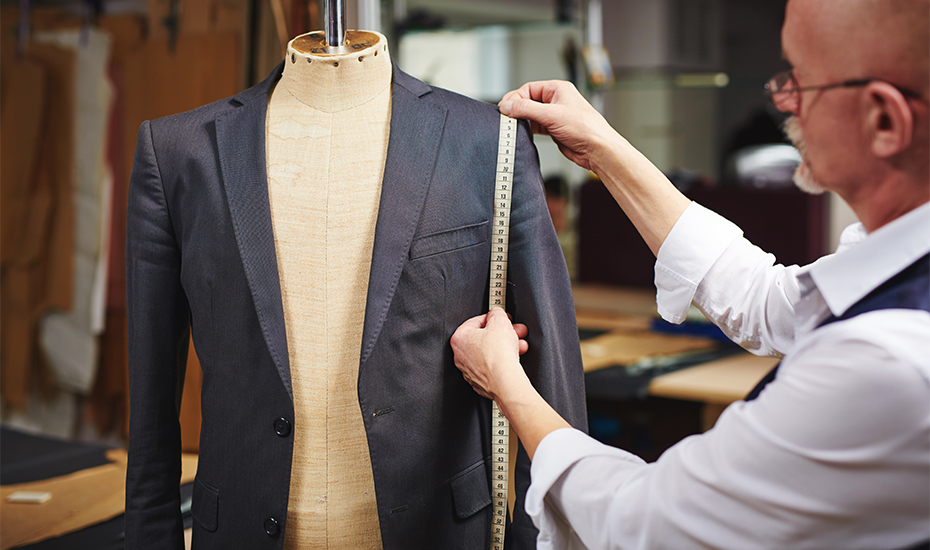
Learn How To Sew
If you don’t already possess sewing skills, learning how to do so well is a must. In your town, find a sewing class or ask someone who already has experience to teach you. If you’re going to be a tailor, you’ll need to learn how to do all sorts of specialty sewing, including hemming pants, adding zippers, stitching buttonholes, drawing collar lines, etc.
Hone Your Skills
In school, you can gain as much experience as you can by taking any lessons in sewing, tailoring, and fabrics that are often provided by the departments of home economics. There are also a variety of establishments that offer sewing and dressmaking courses, either on-site or as a home-study. Art classes are also helpful in sketching and design. Math classes like algebra and geometry will allow you to develop your ability to work with numbers and measurements.
Get An Education
At a minimum, dressmakers and tailors need a high school graduation. At the same time, employers prefer high school graduates with advanced sewing, tailoring, draping, pattern-making, and design experience. Students interested in pursuing this career and possibly expanding from tailoring to design may want to consider studying at an accredited institution. However, entry into this field is entirely possible without a college degree.
Study The Trends
Keep a journal with style suggestions, fashion trends, colors, prices of fabrics, and the like. This will help you stay focused. Often, being in the habit of writing down things can aid in keeping you on course while your company increases.
Make known your work. Wear your designs in public. Give out sewn gifts. If you have children, dress them up in stuff you’ve made. These homemade clothes are sure to be noticed. When people know you’re sewing, you can mention that you have a business. Join your local community’s markets and art shows.

Conclusion
You can also start a blog that features your work so potential customers can see your capabilities. It is also wise to make business cards and advertise in your local paper. If you decide to start your own tailoring business, click here for more information.
Also read – 6 Jobs For Fashion Lovers
